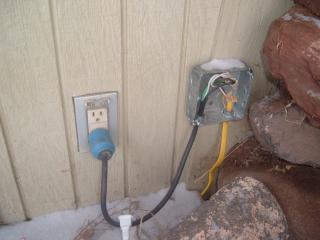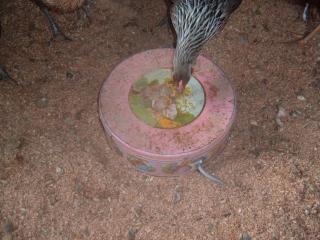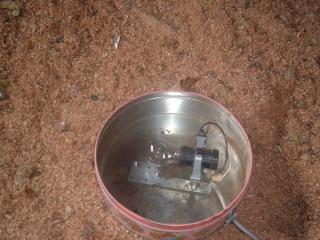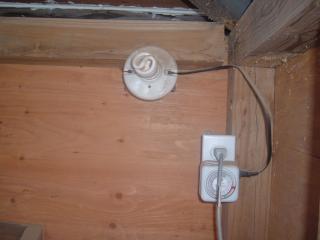Yes! #12 ga copper may be "overkill" but power up to 20 amps would be available. #14 ga while big enough for 15 amps of service in theory, and used in dang near every home being built today, over a distance 200 ft if anything beside a light bulb is needed in the future it wwould not be adaquate.
And the cost difference between a 250' roll of 12/2 wg romex and 14/2 wg is less than $25.
go with 12/2 wg romex, either 1/2" or 3/4" gray PVC conduit, 15 amp breaker
No way would I invest in 200' of extension cord if needed only for the barn. Spend your money 1 time.
You can as a previous poster said add a sub pamel to your existing meter, fused/breakered at 60 amps use #6 copper (or #4 aluminum with proper connectors) 2 conductors and a nuetral (install a ground rod at the barn), enclose in 3/4" conduit and the install an electrical panel in the barn for power distribution there. A 60 amp service is enough to run a small home, welding machine, power tools, lights, small heater, fridge, freezer, small A/C. This may be the way to go in spring, but right now you need power today. If you decide in the spring to install a 60 amp sub panel the 12/2 wg can be re-use when you wire your barn.
Running several extension cords along the ground in wet weather is eventually asking for a problem. Unless you run one length with no intermediate connections.








